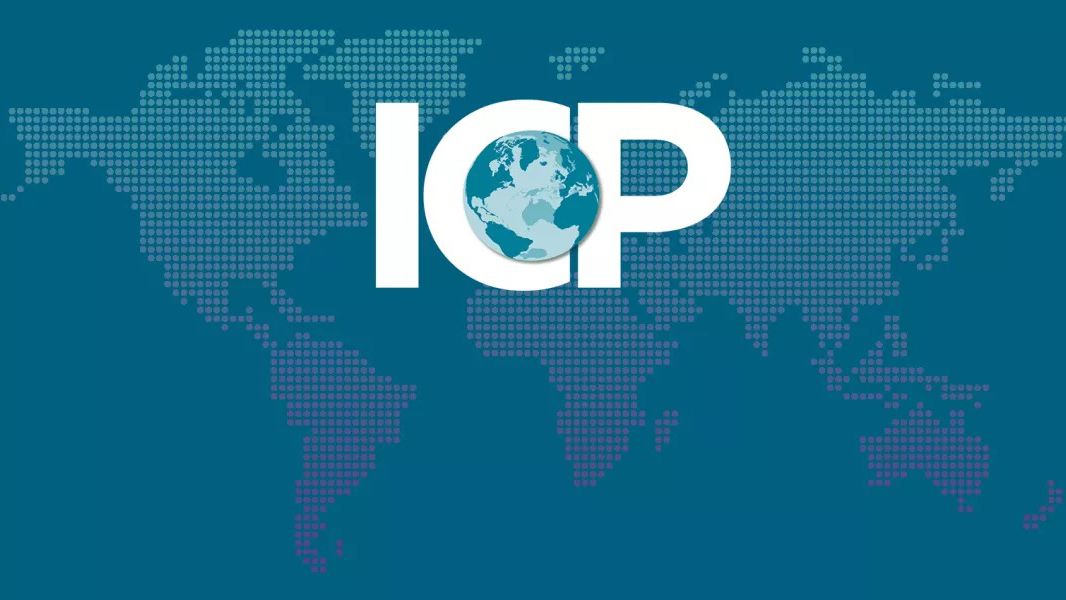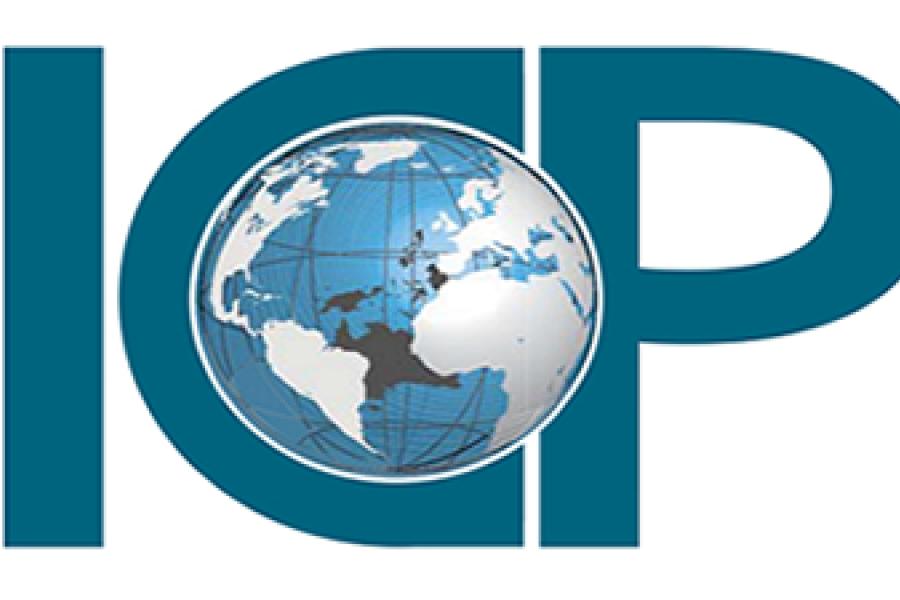Latin America and the Caribbean represent 7.3% of global GDP
Work area(s)
Topic(s)
The International Comparison Program, in which ECLAC participates, released new results for the 2021 cycle.

The International Comparison Program (ICP), in which the Economic Commission for Latin America and the Caribbean (ECLAC) participates, today published the new Purchasing Power Parities (PPP) for the 2021 cycle.
According to the results of the 2021 cycle, Latin America and the Caribbean represent 7.3% of global Gross Domestic Product (GDP) and 8% of the world's population. This report is based on data collected during the 2021 cycle, in collaboration with the Economic Commission for Latin America and the Caribbean (ECLAC).
The results show that the size of the world economy was almost 152.4 trillion dollars measured in PPP terms. More than half of the total global production came from low- and middle-income economies.
The world's largest economy in 2021 was China, with a GDP measured in PPP of 28.8 trillion dollars, representing 18.9% of global GDP. The United States occupied the second position, with almost 23.6 trillion dollars (15.5% of global GDP), while India's economy ranked third, with 11.0 trillion dollars, representing 7.2%. These three economies accounted for 41% of the world's population and 42% of global GDP based on PPP.
In Latin America and the Caribbean, Brazil, with 3.7 trillion dollars, and Mexico, with 2.7 trillion, were the two largest economies in the region. Together, they contributed 57% of the region's GDP, which in turn contributed 7.3% of global GDP.
The ICP is one of the most important global statistical initiatives, coordinated by the World Bank under the auspices of the United Nations Statistical Commission. The 2021 ICP cycle is the tenth comparison conducted since the initiative's launch more than 50 years ago, providing information on 176 participating economies, including 39 countries in Latin America and the Caribbean.
ECLAC has coordinated the implementation of the Program in the region since 2011, although its participation dates to 2005.
According to these results, globally, the average real GDP per capita for all participating countries was approximately $20,271 in 2021. The highest level was found in North America (over $69,423), while the lowest was recorded in Sub-Saharan Africa (a little over $4,430). Around three-quarters of the world's population live in economies with per capita spending below the global average.
For the Latin America and the Caribbean region, GDP per capita averaged $18,560, below the global average of $20,271, with significant heterogeneity among the countries.
The report adds that the average material well-being, calculated by the Actual Individual Consumption (AIC) per capita, was $13,842 for the region, slightly above the global average of $12,948.
Additionally, detailed information is presented on other components of expenditure, such as investment. In per capita terms, high-income economies spent 2.6 times the global average on investment, while upper-middle-income economies were slightly above the global average. Lower-middle-income economies spent around one-third, and low-income economies less than one-tenth of the global average per capita investment expenditure.
The complete set of data referring to GDP and its main components (household and government consumption expenditures, gross fixed capital formation, and internal absorption) can be found on the World Bank's website dedicated to ICP results.
During the second half of 2024, ECLAC will publish a detailed analysis with the results of this cycle for the Latin America and Caribbean region, including a description of the methodologies used.
Type
Country(ies)
- Latin America and the Caribbean
